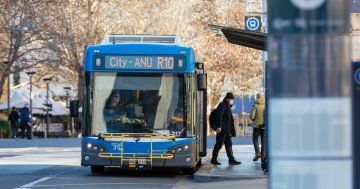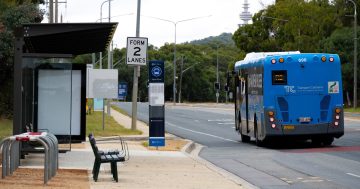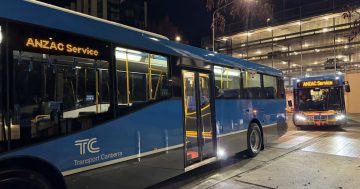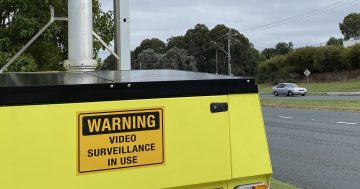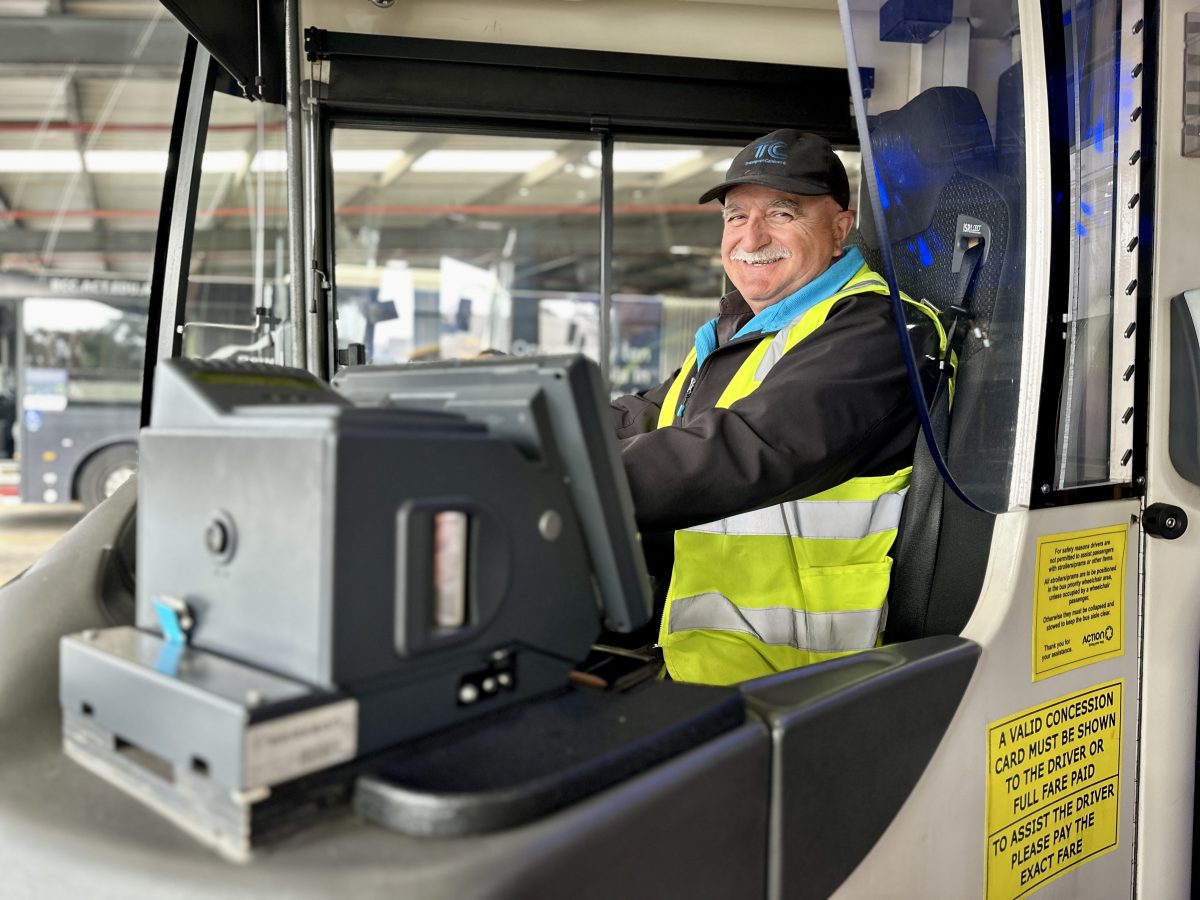
Transport Canberra long-time bus driver Nick Vardos. New screens will be trialled to offer greater protection to drivers. Photo: James Coleman.
UPDATE, 19 November, 7:40 am: The ACT Government has confirmed new safety screens will be trialled across Canberra’s bus fleet to protect drivers from violence.
It’s among a “range of steps” the government has announced following Friday’s snap strike by bus drivers.
A Transport Canberra spokesperson told Region senior executives met with drivers at the Tuggeranong depot yesterday (18 November) and are “continuing discussions with the Transport Workers Union and our workforce in relation to measures to reduce the impact of occupational violence”.
Another meeting will take place today at the Belconnen depot.
Measures being discussed include the new safety screens, with samples to be presented to drivers “in the next two weeks”. These will then be trialled as part of an “upgrade program” aimed at the whole fleet.
A training partner is also being sourced for de-escalation training, beginning February 2025, which will be available to every staff member.
And as committed to by Minister for Transport Chris Steel during a press conference on Friday, Transport Canberra will seek funding to recruit ‘Transit Officers’ in the new year.
“Legislative reform is being developed to enhance the ability for transport officers to manage problematic individuals such as banning or suspending people,” the spokesperson said.
“Once again, we acknowledge the inconveniences felt by the community on Friday. We apologise for the challenges many people experienced that day due to no notice of the strike being provided, and we thank the community for their patience and understanding during a difficult circumstance.”
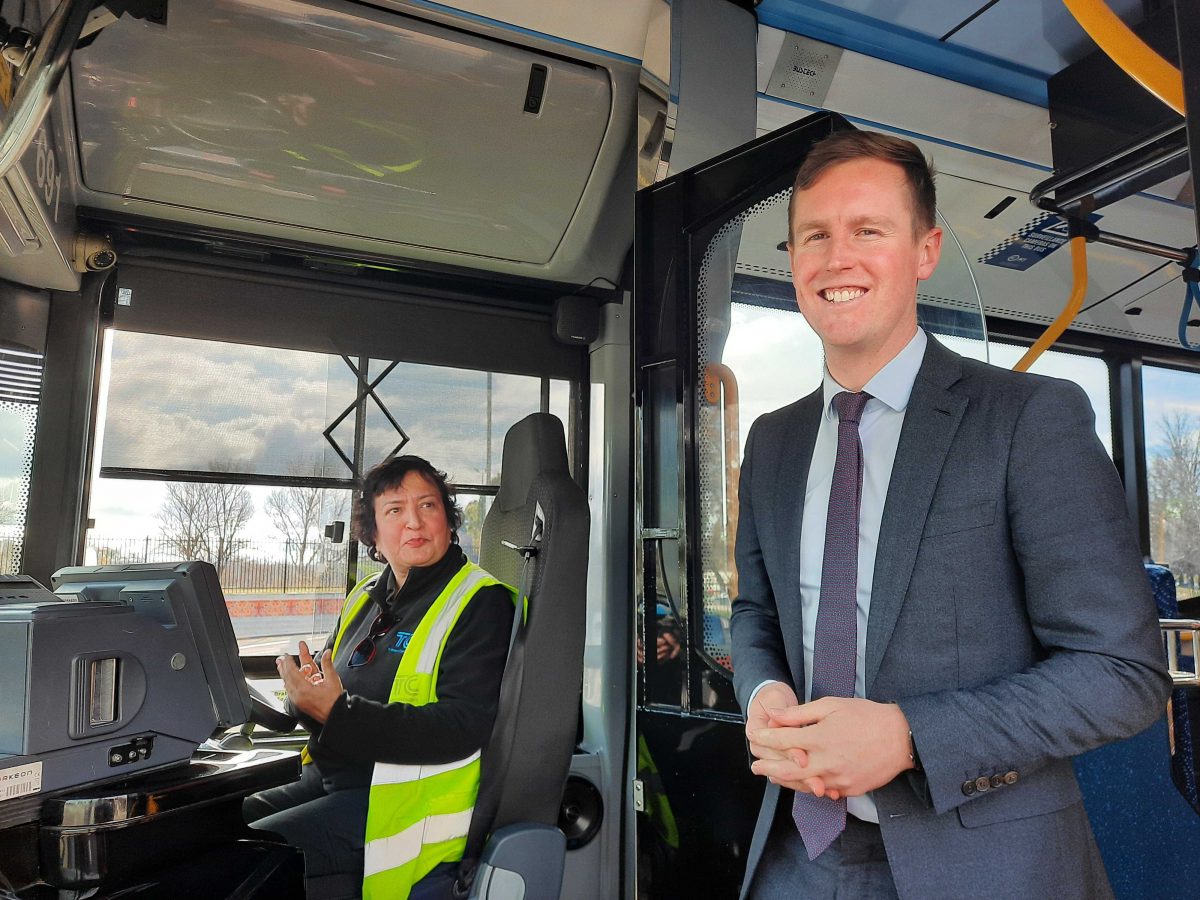
Transport Minister Chris Steel says the government is already looking at what powers it can give a new team of “transport officers”. Photo: Ian Bushnell.
18 November, 6 pm: The ACT Government has agreed to retrofit bigger safety screens on the Transport Canberra bus fleet following last week’s snap bus strike.
Commuters and school kids were left stranded at bus stops across the ACT on Friday morning (15 November) after drivers walked off the job over occupational violence issues.
It came one week after a bucket of fish heads was poured over one driver, and that was just the tip of the iceberg, according to the Transport Workers Union (TWU).
“We are talking drivers getting beaten up, we’re talking about drivers having a full can of coke thrown at them, we’re talking about drivers who have been spat on, we’ve even had death threats against drivers – you name it, it happens,” TWU ACT sub-branch secretary Klaus Pinkas said.
There are an average of 40 cases of violence against Canberra bus drivers every month, and “that’s the reported ones”.
“We’ve had meeting after meeting after meeting, I’ve sent cranky emails – in all caps – I’ve sent cranky letters, and our delegates have met with [Transport Canberra],” Mr Pinkas said.
“Everyone’s had enough.”
Canberra’s buses are currently fitted with CCTV, a duress alarm with location data and a direct line to the Transport Canberra communications centre, as well as a clear plastic screen around the driver, which varies in size depending on the age and model of the vehicle.
However, the union argued that safety measures should go further and include better training in deescalating conflicts, transport police, the ability to suspend offending passengers – kids and adults alike – from services, and bigger screens to separate the driver from passengers.
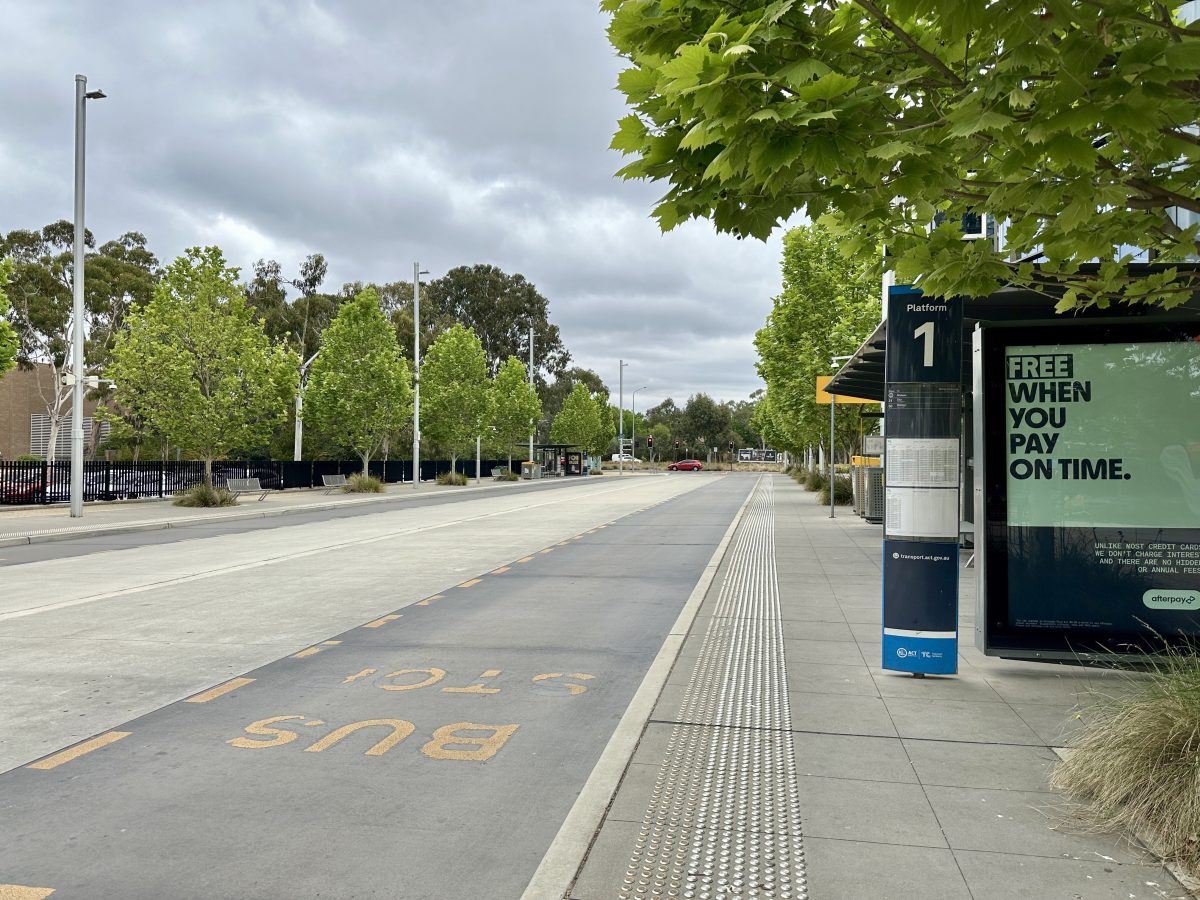
Dickson bus depot on Friday during the strike. Photo: James Coleman.
At a press conference on Friday, ACT Minister for Transport Chris Steel apologised for the lack of communication to passengers, noting it was “unprotected strike action” and the government hadn’t received any advance notice.
Based on previous meetings with the TWU, Mr Steel noted ACT Labor went to the October election with a promise to create a new team of “transport officers” to “provide a visible presence and promote safety among passengers” – both on board the buses and at interchanges.
This has been floated since 2022 by Transport Canberra but has failed to make it through the budget.
“I’ve already spoken to Transport Canberra about the implementation of that commitment, and also starting the review that we will undertake to look at additional powers that may be available to those transport officers,” Mr Steel said on Friday.
Normal bus services have resumed since Saturday, and government representatives met with the drivers at the depots today (18 November).
Mr Pinkas is content the industrial action has worked.
“We had a good chat [with the government representatives], and a lot of members got the chance to vent their frustrations and give them some ideas, and so I think Transport Canberra understands the urgency of the issue now,” he told Region.
The larger protective screens currently installed in the Chinese-built Yutong buses will be rolled out across the rest of the fleet from the end of this week or early next week.
“Screens are a difficult one because some drivers want the full London-bus-type cage and a whole lot of them don’t, so it’s not one-size-fits-all, but the newer screens are what the drivers are saying works best,” Mr Pinkas said.
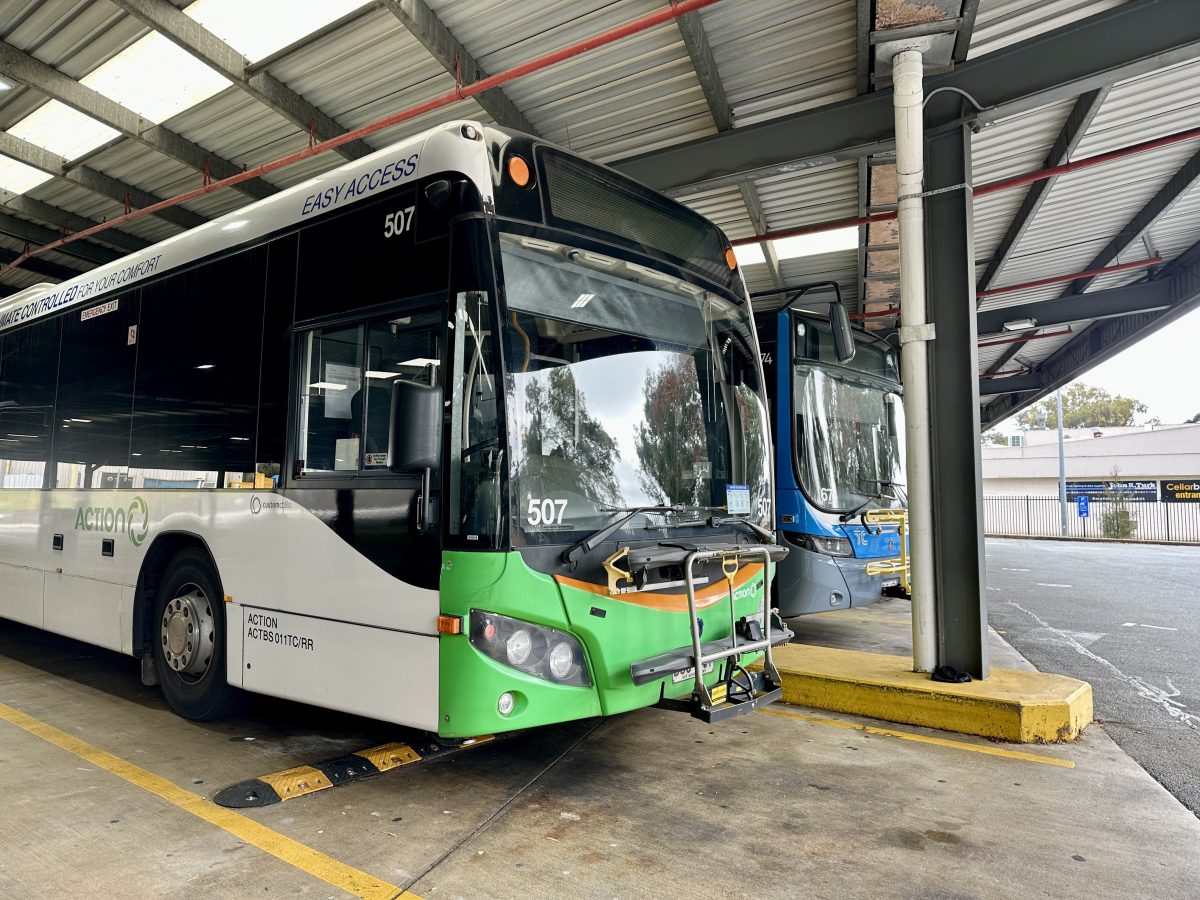
Transport Canberra representatives met with drivers at the depots this morning. Photo: James Coleman.
He said the union fully understands transport officers will take longer to implement while the government looks at how they are employed in other jurisdictions, like NSW.
For instance, a NSW transport officer “info pack”, published by the state government, says they are “responsible for checking customers have paid the correct fare on trains, buses, ferries and light rail” and “occasionally, you will need to issue Penalty or Caution Notices”.
“I think we’ve achieved what we set out to achieve,” Mr Pinkas said.
“If there’s no action whatsoever, we’ll have to reassess, but we’ve got to give them time – pulling up on Friday is not going to get a result on Monday. The members just want to see something getting done.”
Original Article published by James Coleman on Riotact.




